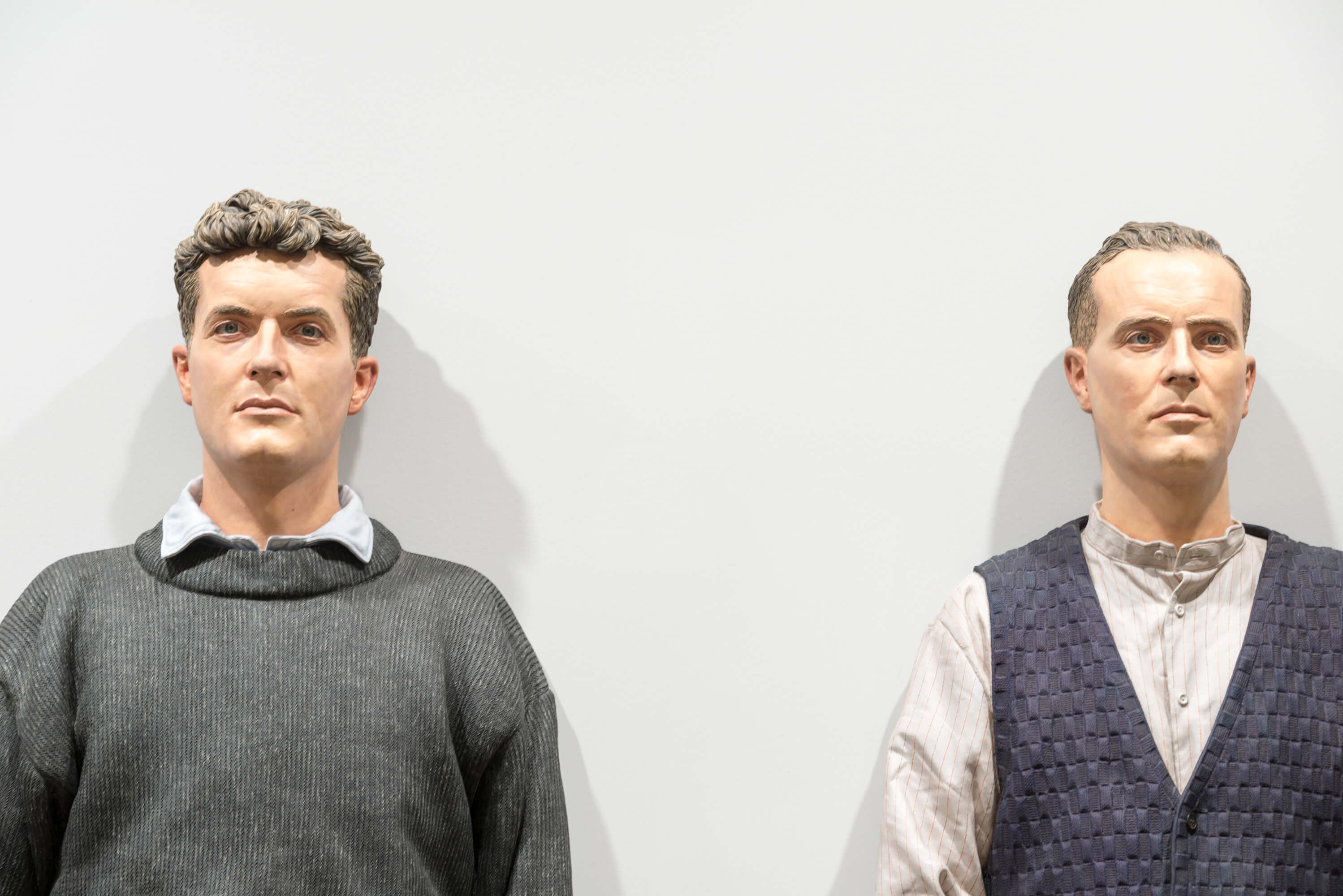Pera Film in collaboration with the Institut français and the Consulate General of Israel present the program Homeland and Exile: Cinema of Amos Gitai. The program, which showcases seven films by Gitai, also presents the unique opportunity of a Masterclass with the famous director.
Born in 1950, and best known to the public for his film Kippur, shown at Cannes in 2000, the Israeli filmmaker Amos Gitai bases his work to a large extent on personal experience, including the Yom Kippur war and other historic events in Israel. Gitai began making short experimental works with a super-8mm camera while studying architecture. Gitai brought his camera along while serving as a soldier during the 1973 Yom Kippur War, and from his experiences filming on and off the battlefield arose a commitment to making films and videos about the deep complexities of contemporary Israel, anti-Semitism, and the fluid nature of borders. Early in his film career, Gitai made controversial documentaries for Israeli television, including 1980's "House," about the politically driven changes a single residence in Jerusalem undergoes over the years, and 1982's "Field Diary," about the Israeli occupation of the West Bank. Gitai has also expanded the frontiers of nonfiction filmmaking with a series of documentaries that are as mutable as the shifting realities the artist records.
Today, Gitai’s art – not just his films – has attained a profound maturity as he continues to explore themes that have accompanied his rich career as a director in other disciplines such as photography. His images oscillate between personal and collective memory. Taken in the moment, and with all its emotions, they are like an improvised autobiography, becoming, with hindsight, testimony to a shared reality. The coherence and evolution of his work are now evident through the diversity of the media he uses, constituting a complex mosaic whose guiding thread is essentially biographical. Major retrospectives of his work have been shown at the Centre Pompidou in Paris, the Museum of Modern Art (MoMA) and Lincoln Center in New York and the British Film Institute in London.
in collaboration

November 20
19:00 Alila
November 21
19:00 News From Home - News From House
November 22
19:00 One Day You'll Understand
November 23
14:00 Roses à Crédit
16:00 One Day You'll Understand
18:00 Esther
November 27
19:00 Alila
November 28
19:00 Esther
November 29
19:00 News From Home - News From House
November 30
14:00 Kippur
19:00 Disengagement
December 1
14:00 Disengagement
16:00 Kippur
18:00 Roses à Crédit
November 20
19:00 Alila
November 21
19:00 News From Home - News From House
November 22
19:00 One Day You'll Understand
November 23
14:00 Roses à Crédit
16:00 One Day You'll Understand
18:00 Esther
November 27
19:00 Alila
November 28
19:00 Esther
November 29
19:00 News From Home - News From House
November 30
14:00 Kippur
19:00 Disengagement
December 1
14:00 Disengagement
16:00 Kippur
18:00 Roses à Crédit
Program Trailer
Amos Gitai’s art – not just his films – has attained a profound maturity as he continues to explore themes that have accompanied his rich career as a director in other disciplines such as photography. His images oscillate between personal and collective memory.

The exhibition Look at Me! Portraits and Other Fictions from the ”la Caixa” Contemporary Art Collection examines portraiture, one of the oldest artistic genres, through a significant number of works of our times. Through the exhibition we will be sharing about the artists and sections in “Look At Me!”.
Tuesday - Saturday 10:00 - 19:00
Friday 10:00 - 22:00
Sunday 12:00 - 18:00
The museum is closed on Mondays.
On Wednesdays, the students can
visit the museum free of admission.
Full ticket: 300 TL
Discounted: 150 TL
Groups: 200 TL (minimum 10 people)